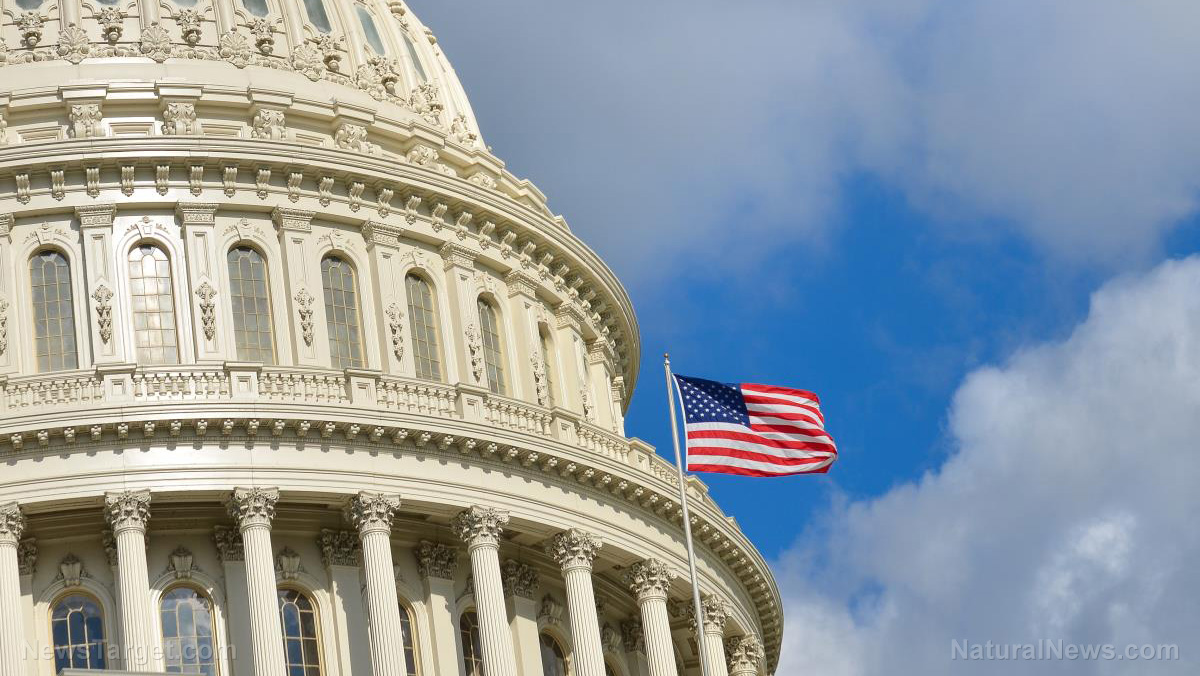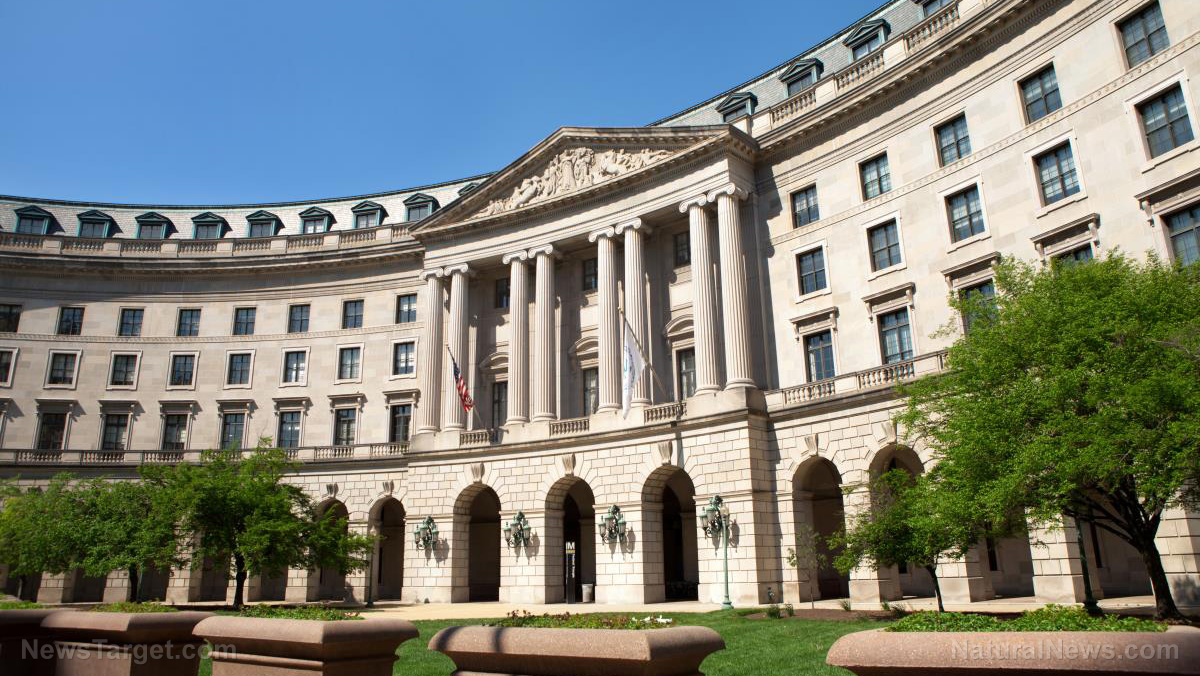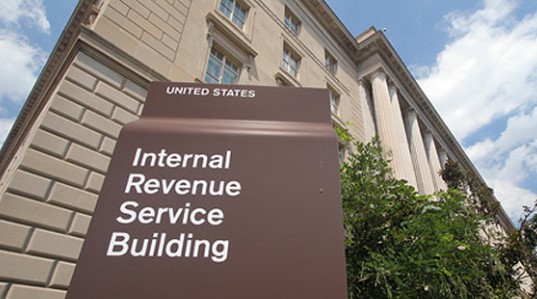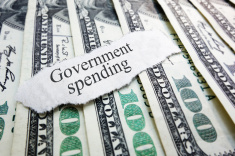Trump administration targets 200,000 probationary federal workers in sweeping workforce cuts
02/14/2025 / By Cassie B.

- The Trump administration has directed federal agencies to terminate approximately 200,000 probationary employees to streamline government operations and reduce waste.
- Layoffs, executed via prerecorded videos and emails, have already impacted thousands, with some employees given just 30 minutes to leave.
- The move aligns with President Trump’s broader agenda to shrink the federal workforce, including hiring freezes and buyout programs like “Fork in the Road.”
- Critics argue the layoffs unfairly target newer hires, risking the loss of talent and institutional knowledge, while the administration defends it as a necessary restructuring.
- Additional agencies, including the Department of Veterans Affairs and U.S. Forest Service, are preparing further layoffs.
As part of its bold effort to shrink the federal bureaucracy and improve government efficiency, the Trump administration has directed agencies to terminate approximately 200,000 federal employees still in their probationary period. The sweeping directive, issued this week, has already resulted in thousands of layoffs across multiple agencies, including the Department of Education, the Small Business Administration, and the Department of Energy. Although critics argue the move targets newer hires unfairly, the administration maintains it is part of a broader mission to streamline government operations and eliminate waste.
The directive, which began rolling out on Wednesday, has sparked controversy as employees were notified of their termination through prerecorded videos, group calls, and emails. Some were given as little as 30 minutes to leave their offices. The layoffs primarily affect workers in their first one to two years of federal service, a probationary period during which they have fewer protections against dismissal.
A push for efficiency
President Trump has long criticized the federal government for being bloated and inefficient, and this latest move aligns with his broader agenda to reduce the size of the workforce. The administration has also implemented a hiring freeze and has offered buyouts to federal employees through the “Fork in the Road” program, which has seen 75,000 workers accept deferred resignation offers.
Elon Musk, who heads the Department of Government Efficiency (DOGE), has been a key player in the administration’s efforts. Musk’s team has been reviewing agency budgets and workforce structures, identifying areas where cost-saving cuts can be made. The DOGE initiative has already targeted agencies like the Department of Housing and Urban Development and the Consumer Financial Protection Bureau, with plans to expand further.
Opponents of the layoffs argue that the administration is sacrificing talent and institutional knowledge in its quest for efficiency. Max Stier, president of the nonpartisan Partnership for Public Service, warned, “It’s stripping out, likely, a whole new generation of talent for our government, who are targeted not because of evidence of poor performance but because they are easier to get rid of.”
Union leaders have also condemned the firings, with American Federation of Government Employees President Everett Kelley calling them a “politically driven mass firing spree.”
However, the Office of Personnel Management (OPM) has defended the directive, stating that the probationary period is “a continuation of the job application process, not an entitlement for permanent employment.” An OPM spokesperson emphasized that agencies are acting independently to support the president’s goal of restructuring the federal government to better serve the American people.
What’s next?
The layoffs are expected to intensify in the coming weeks as additional agencies finalize their workforce reduction plans. The Department of Veterans Affairs, for example, has already dismissed more than 1,000 probationary employees, saving an estimated $98 million annually. Meanwhile, the U.S. Forest Service is preparing to terminate 3,400 probationary workers, though firefighters will be exempt.
As the administration continues its push for a leaner government, the debate over the balance between efficiency and fairness in federal employment is likely to intensify. For now, the Trump administration remains steadfast in its mission to reshape the federal workforce, arguing that these tough decisions are necessary to ensure a more effective and accountable government.
Sources for this article include:
Submit a correction >>
Tagged Under:
big government, buyouts, DOGE, federal workforce, government debt, layoffs, pensions, progress, risk, Trump
This article may contain statements that reflect the opinion of the author
RECENT NEWS & ARTICLES
COPYRIGHT © 2018 GOVERNMENTDEBT.NEWS
All content posted on this site is protected under Free Speech. GovernmentDebt.news is not responsible for content written by contributing authors. The information on this site is provided for educational and entertainment purposes only. It is not intended as a substitute for professional advice of any kind. GovernmentDebt.news assumes no responsibility for the use or misuse of this material. All trademarks, registered trademarks and service marks mentioned on this site are the property of their respective owners.




















